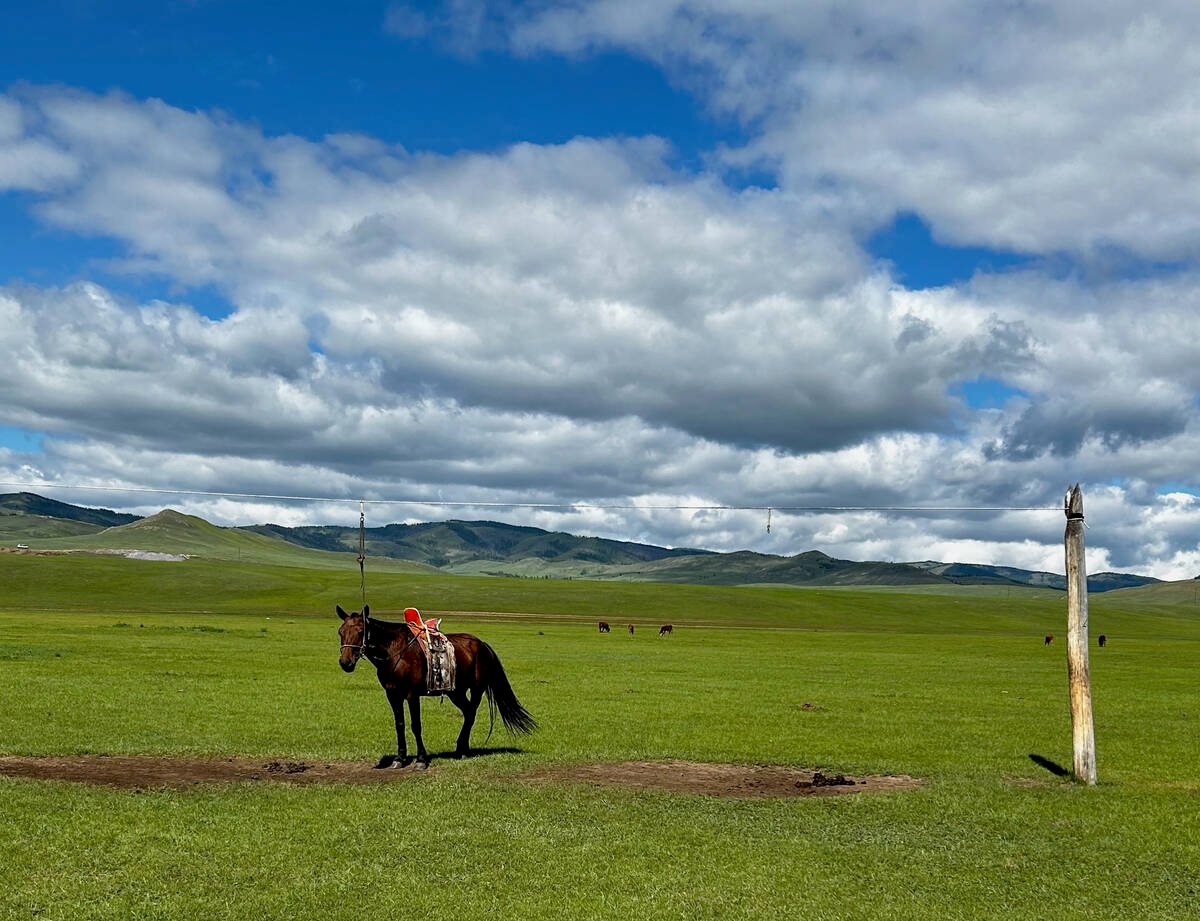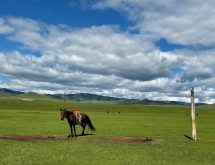An agricultural economist crunched the numbers and can now statistically validate what Saskatchewan Pulse Growers has been telling its members for years; that they are getting good bang for their buck from the pulse checkoff.
Richard Gray told the 952 producers gathered at Pulse Days 2004 that every levy dollar they pay between 1984 and 2008 will generate an estimated $13.46 worth of benefits.
The further the timeline is extended, the greater the return, with the benefit-cost ratio rising to $15.63 per levy dollar between 1984 and 2020.
“The checkoff has been a very good investment for producers,” said the University of Saskatchewan economist. “The amount they’ve spent they’ve got back manyfold.”
Read Also

University of Saskatchewan experts helping ‘herders’ in Mongolia
The Canadian government and the University of Saskatchewan are part of a $10 million project trying to help Mongolian farmers modernize their practices.
He said paying into the checkoff is a good way for Saskatchewan’s producers to maintain their province’s status as one of the world’s leading exporters of pulses.
“If they’re interested and concerned about long-term competitiveness, it’s absolutely the thing to do.”
Gray said it was immaterial that the subject funded the study and the results were “defendable and accurate.”
Saskatchewan Pulse Growers has been collecting a checkoff since it’s inception in 1984. The grower-funded association recently doubled its mandatory levy to one percent of producers’ grain cheques to beef up research spending.
Gray said that was a commendable decision because the transfer of basic and applied research into the marketplace has been a “major engine of growth” for the industry.
Improved pulse varieties have increased yields and decreased the amount of inputs required to grow a successful crop. Research into inoculants, fertilizers and machinery has also benefited farmers, as has work on using peas for hog feed.
He “conservatively estimated” the grower association has accelerated the development of the industry by two full years, which by 2020 will have generated a $204 million producer surplus.
Pulse breeder Al Slinkard, who was honored at Crop Production Week when Saskatchewan Pulse Growers announced an annual University of Saskatchewan scholarship in his name, disagreed with that assessment. He said the checkoff’s acceleration factor is closer to five years.
Gray said he was purposefully conservative with his calculation, which doesn’t include the benefits associated with beans, a relatively new crop for the province, or with the association’s market development activities.
In his Saskatoon presentation, he also pointed out the consumer benefits associated with pulse research, because as the cost of production falls so do prices that buyers pay.
Terry Boehm, a farmer from Allan, Sask., told Gray his study makes a good case for public funding of research and development because it leads to quantifiable consumer benefits.
However, he didn’t think farmers are shouldering more than their fair share of the pulse research spending burden.
Gray said the industry will use the study to try to leverage more federal and provincial support for pulse research.
“There is a role for government here and hopefully this will encourage government to also come to the plate with dollars,” he said.















